Key Takeaways
- Yellow jackets help control garden pests like caterpillars and aphids.
- They contribute to pollination, aiding fruit trees and wildflowers.
- Acting as nature’s cleanup crew, they dispose of dead insects and waste.
- They are a crucial food source for birds, mammals, and predatory insects.
- Most yellow jacket aggression is defensive; keeping distance reduces sting risks.
- Simple steps like keeping food covered and using decoy nests help minimize conflicts.
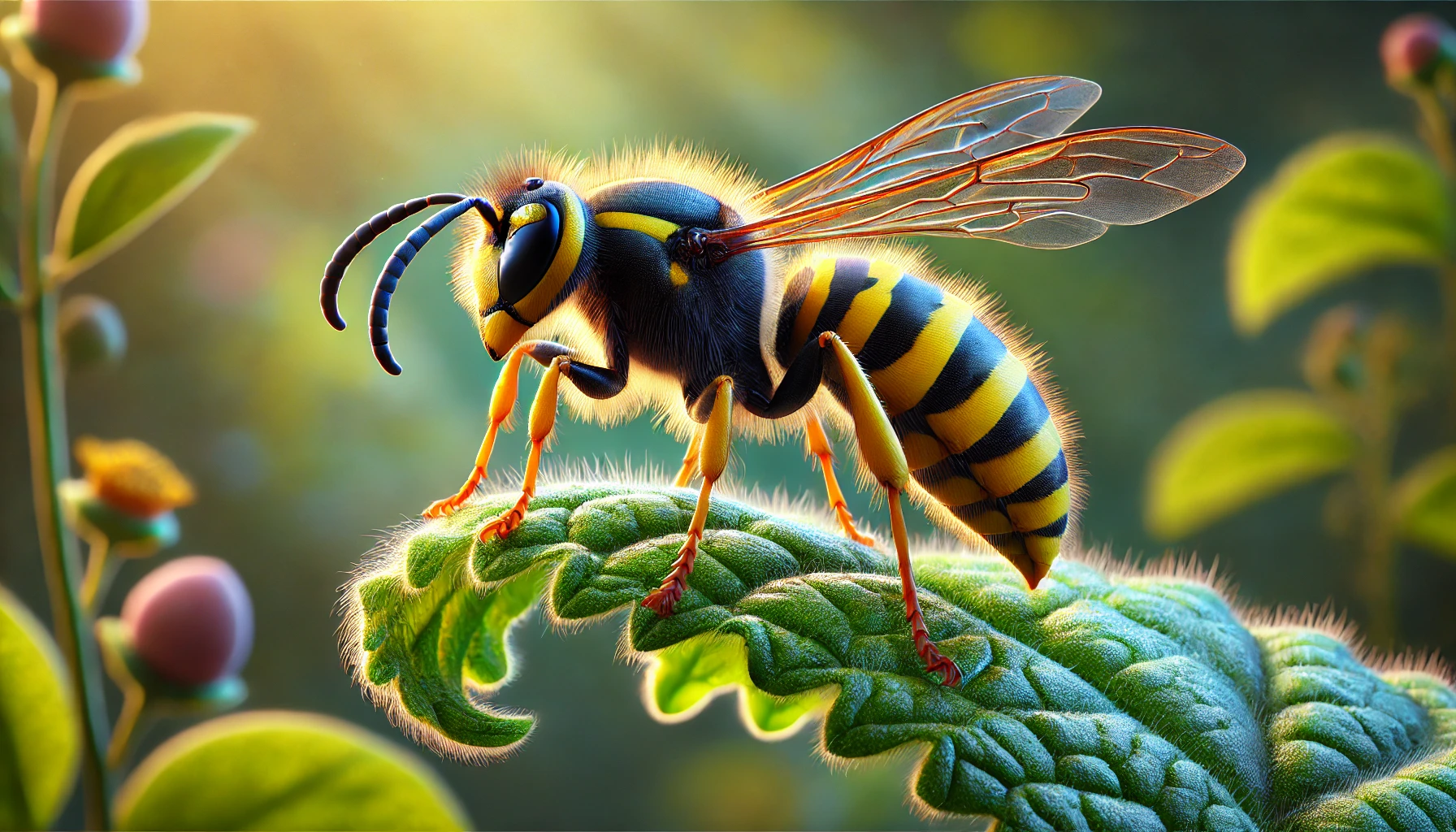 When you first think from your mind of yellow jackets, your first views might be about their annoying presence at backyard barbecues or their notorious painful sting. It’s natural to wonder if these often-feared insects have any redeeming qualities at all.
When you first think from your mind of yellow jackets, your first views might be about their annoying presence at backyard barbecues or their notorious painful sting. It’s natural to wonder if these often-feared insects have any redeeming qualities at all.
But to everyone’s suprise, yellow jackets can play highly important roles that greatly benefits your backyard, garden, and local ecosystems which could have been greatly impacted. By understanding their positive impacts and aspects, you might just see these buzzing or irritating visitors in a whole new light or with a new aura.
Let’s get to know about the unexpected but yet valuable ways yellow jackets contribute to our environment.
Getting to Know Yellow Jackets
First, it’s very important to understand exactly what yellow jackets are. They are often mistaken for bees due to their black and yellow appearance, but these insects are actually wasps. Unlike bees, yellow jackets have slender, hairless bodies and are far more protective of their nests. Their colonies, led by a single queen, typically thrive from spring to autumn, peaking with thousands of worker wasps by late summer.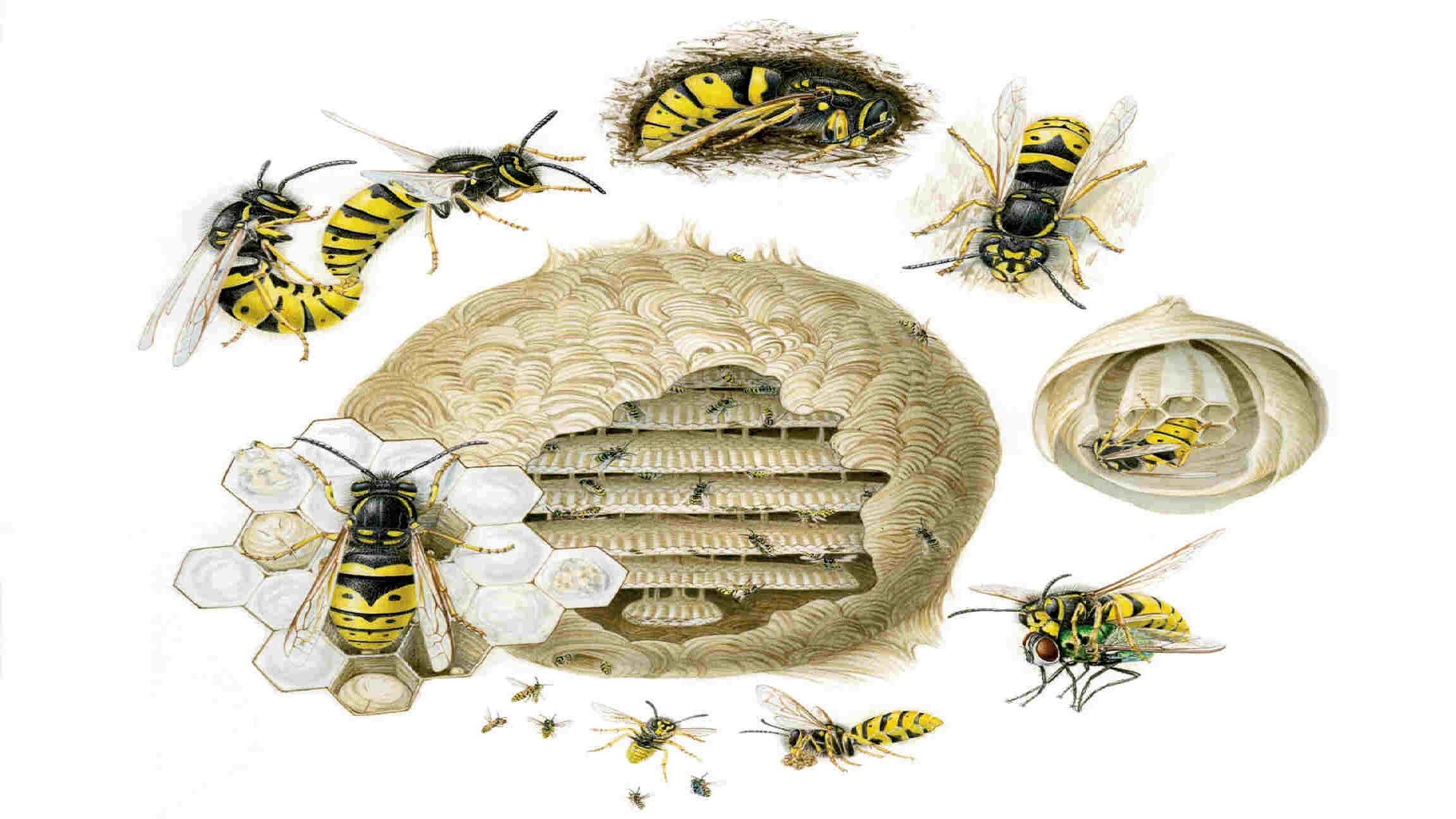

Not getting a solution?
Get your free pest control estimate today!How to Recognize a Yellow Jacket:
- Bright black and yellow stripes
- Narrow waist
- Smooth, shiny appearance
- Aggressive defense of nests when disturbed
Nature’s Little Pest Controllers
Believe it or not, one of the greatest benefits yellow jackets provide is natural pest control. These insects are voracious predators, tirelessly hunting down various garden pests that might otherwise wreak havoc on your plants. What Pests Do Yellow Jackets Target?- Caterpillars chewing on your vegetables and flowers
- Aphids sucking life from your plants
- Beetle larvae damaging roots and leaves
- Annoying flies and spiders around your home
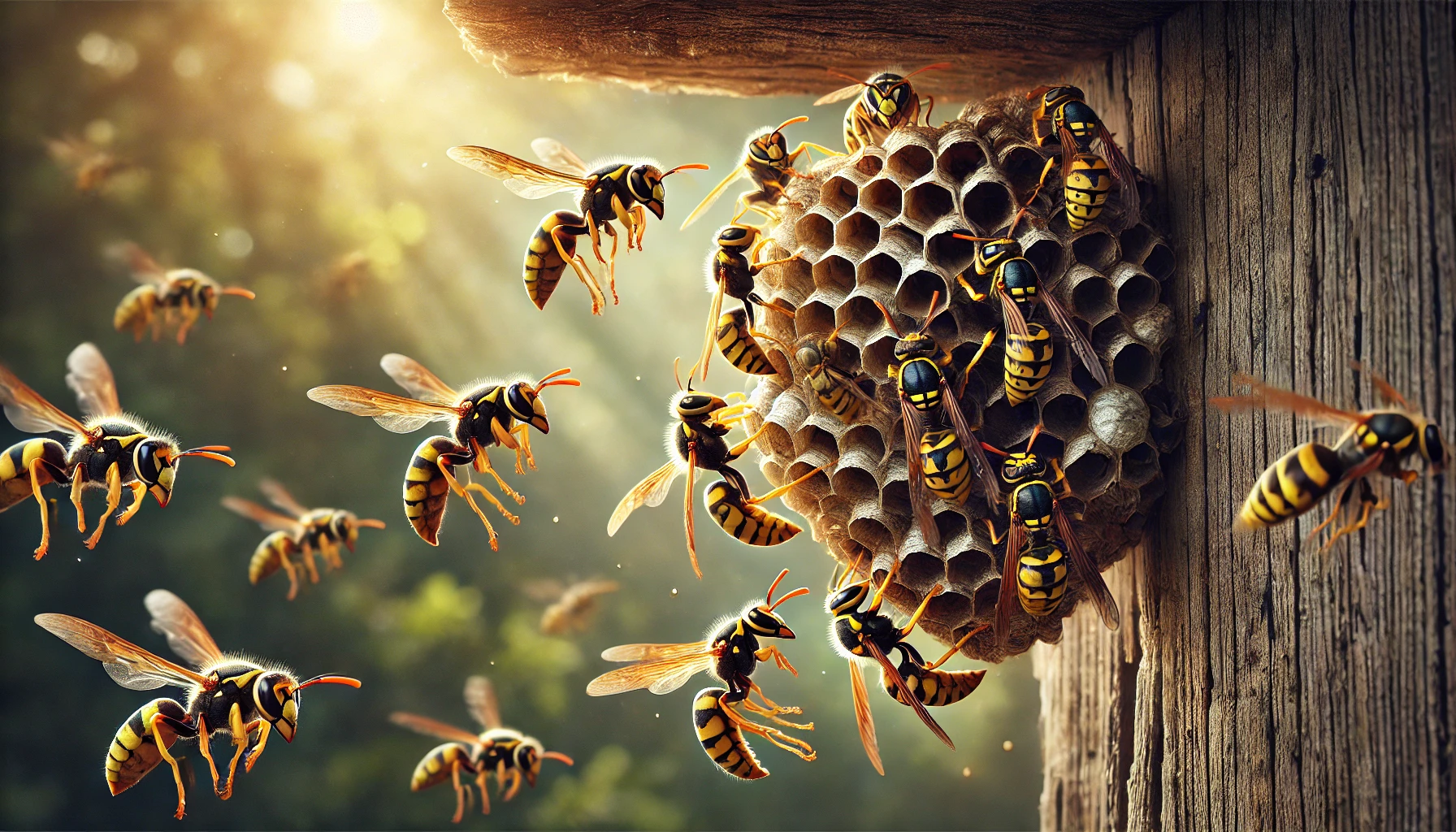
Surprisingly Effective Pollinators
While bees undoubtedly win the popularity contest when it comes to pollination, yellow jackets also play their part, albeit on a smaller scale. When yellow jackets visit flowers in search of nectar, they inadvertently carry pollen from bloom to bloom, helping plants reproduce.Plants Helped by Yellow Jacket Pollination:
- Fruit trees like apple, cherry, and pear
- Vegetable plants such as tomatoes and squash
- Wildflowers contributing to local biodiversity
Yellow Jackets: The Environmental Cleanup Crew
Another surprising benefit of yellow jackets is their role as natural sanitation workers. Yellow jackets act as efficient scavengers, quickly disposing of dead insects, rotting fruit, and even animal remains.How Their Scavenging Benefits You:
- Reduces odors and unpleasant sights in your yard
- Helps prevent the spread of bacteria and diseases
- Keeps outdoor spaces cleaner and healthier naturally
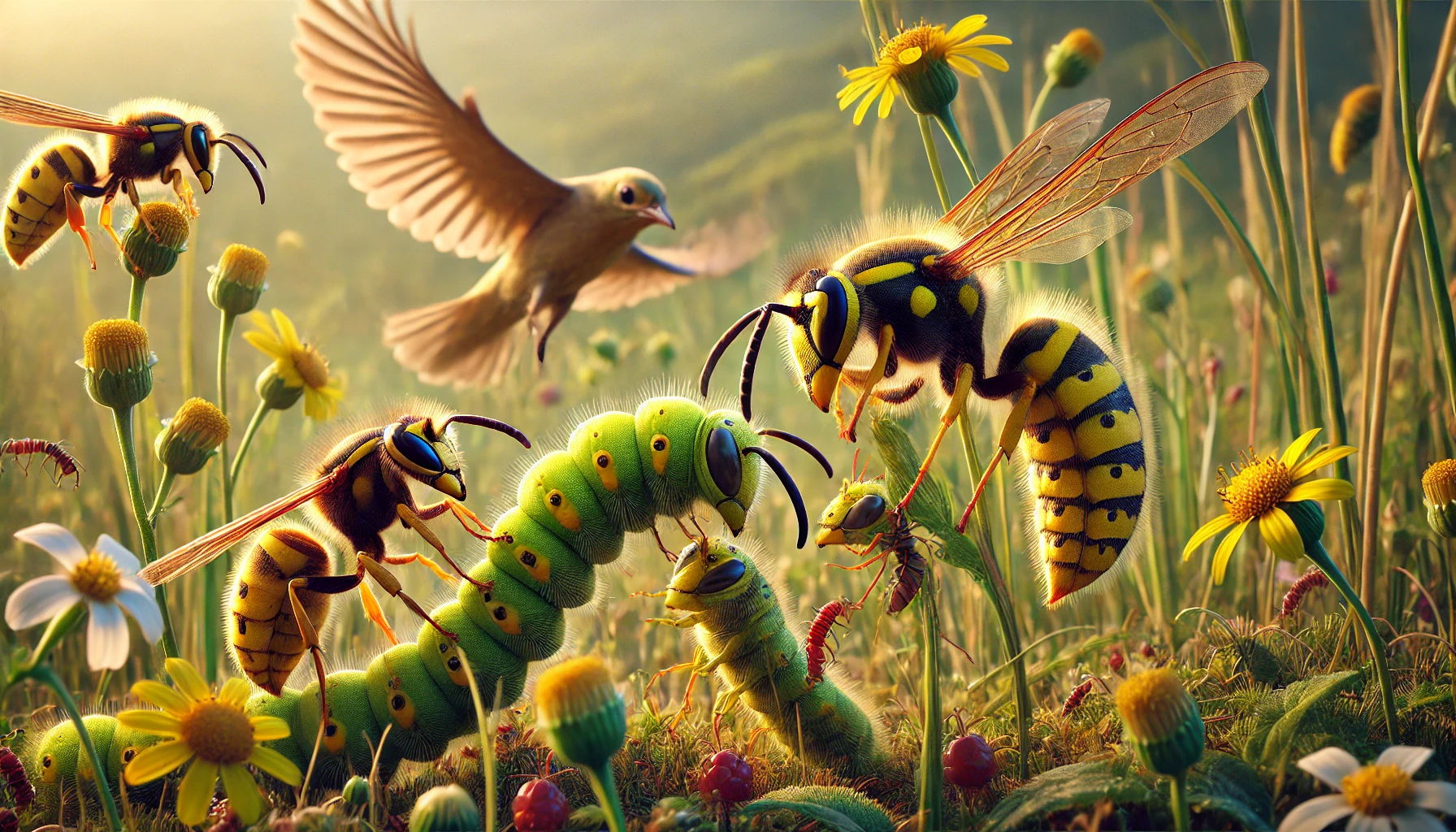 Crucial Players in the Food Chain
Yellow jackets also plays an important role in the food cycle. Beyond their primary role as predators and scavengers, these insects have themselves become a vital food source for various wildlife ecosystem.
Crucial Players in the Food Chain
Yellow jackets also plays an important role in the food cycle. Beyond their primary role as predators and scavengers, these insects have themselves become a vital food source for various wildlife ecosystem.
Wildlife That Depends on Yellow Jackets:
- Birds like warblers and sparrows
- Mammals such as raccoons, skunks, and bears
- Amphibians and reptiles
- Other predatory insects, including dragonflies and praying mantises
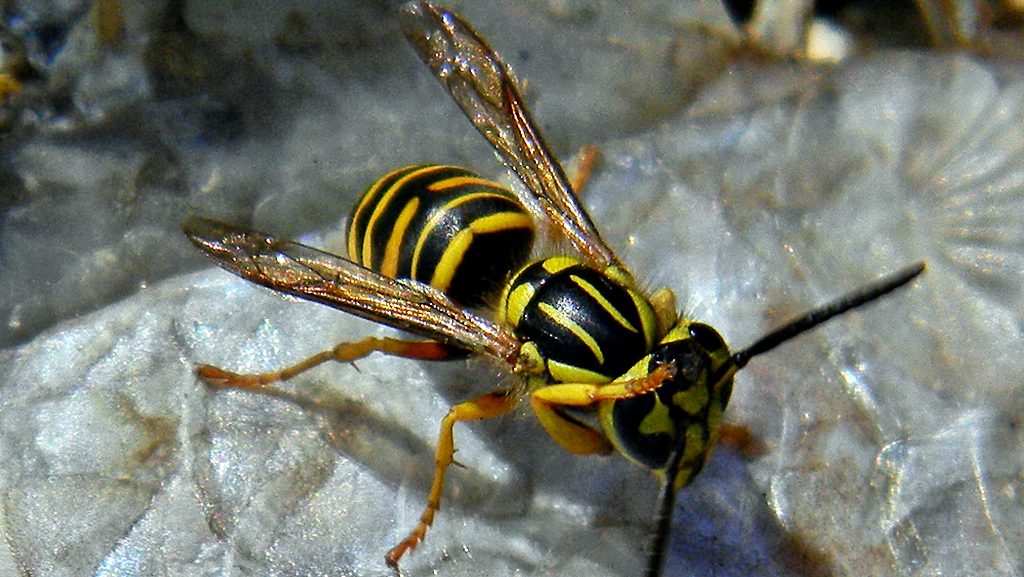
Clearing Up Common Misunderstandings
Many homeowners view yellow jackets strictly as harmful pests because of their aggressive reputation. However, most of this aggression is purely defensive, occurring only when they perceive a threat to their nest. Understanding their true nature can change your perception and reduce fear. Misunderstanding: “Yellow Jackets Are Always Aggressive.” The truth: Yellow jackets only sting when they are disturbed or threatened by external sources. Keeping your good amount of distance from nests have significantly reduced sting incidents. Misunderstanding: “They Provide No Real Value.” The truth: Yellow jackets does a highly unmatched role in various aspects like- Controlling the pests
- Process of pollination
- Cleaning the environment
How to Safely Live Alongside Yellow Jackets
Living peacefully with yellow jackets might seem challenging at first, especially given their aggressive reputation. However, by knowing and impementing a few simple, practical strategies, you can comfortably coexist with these beneficial insects and minimize unwanted encounters in your yard.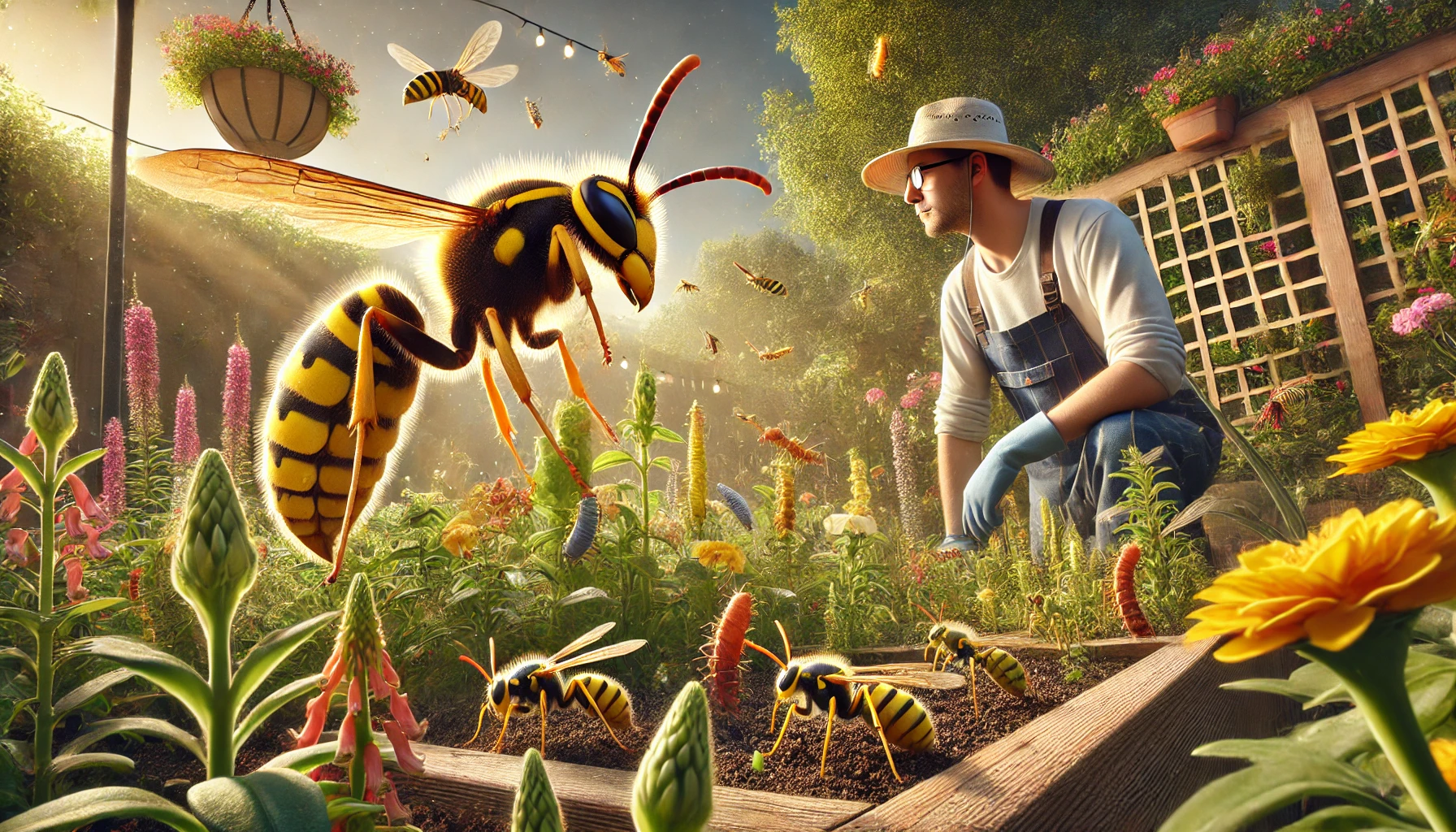
Easy Tips for Harmonious Coexistence
-
Stay Vigilant: Regularly check your yard, garden, and outdoor spaces for new nests, and handle them proactively to avoid larger issues down the line.
-
Keep it Clean: Yellow jackets love sugary substances and protein-rich foods. Keep garbage bins tightly sealed, clean up fallen fruits quickly, and clear outdoor eating areas promptly after meals.
-
Cover Your Food: When eating outside, cover your food and drinks to avoid attracting yellow jackets. Simple coverings or lids significantly reduce the chance of attracting unwanted visitors.
-
Use Decoys: Yellow jackets are territorial, so placing fake or decoy nests around your property can deter them from setting up their homes near heavily used areas.
-
Know When to Get Help: If you find a nest in a spot that presents an immediate safety risk (such as near doorways, children’s play areas, or commonly-used outdoor spaces), it’s safest to call a pest control professional for humane and effective nest removal or relocation.
Visit our Species, Control, and DIY Guide sections for additional resources on yellow jacket and ways to tackle a yellow jacket infestation.





